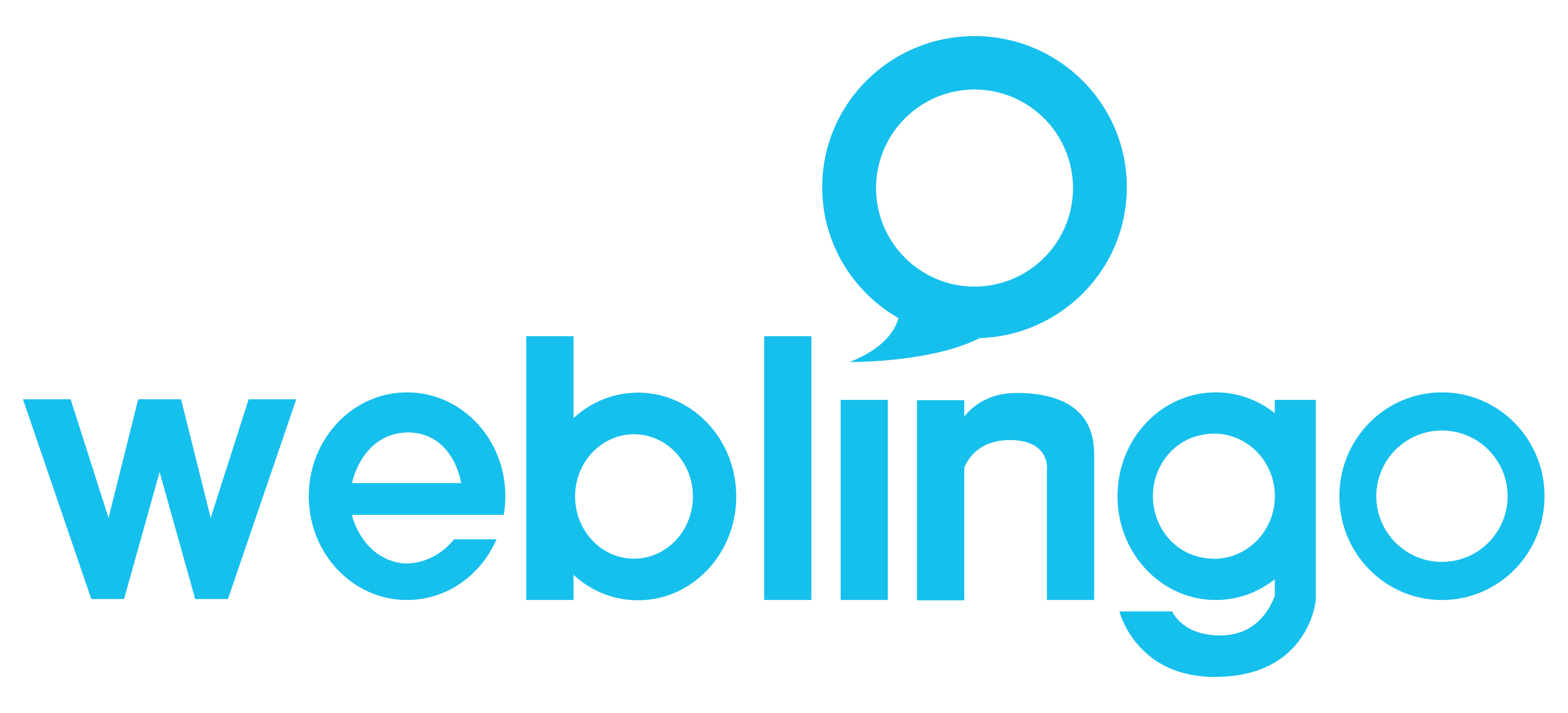Translation memory, or TM, is a database of “segments”, which can be sentences, paragraphs or sentence-like units (headings, titles or elements in a list) that have previously been translated. It exists to to aid human translators, and to save you time and money.
Imagine a scenario: You’ve translated all your content and distribute it to your target market. Three months later, some bright spark suggests an exciting new way to rephrase a few of your insights. Changes are made to your English content.
This is where your TM comes in. The exciting thing about TMs is that updating existing content is a breeze. A glossary ensures your terminology is consistent throughout your content, and CAT tools (computer-assisted translation tools) help to populate the current version with all translations from previous versions.
The new content added is ‘highlighted’, and the translator dutifully translates the new section whilst paying attention to Glossary, tone and the palatability of the translation – ensuring it’s as true to the latest English version as possible.
If your usual translator is not be available, you risk losing vast amounts of time familiarising a new translator with your content, Glossary, tone and brand, and wasting a money on re-translate your content all over again. Having a TM mitigates this risk.
If your content is gradually updated and grows as new insights are added, it’s advisable to speak to your translation provider about establishing a TM. It saves loads of time and fast becomes your bottom line’s new best friend.
